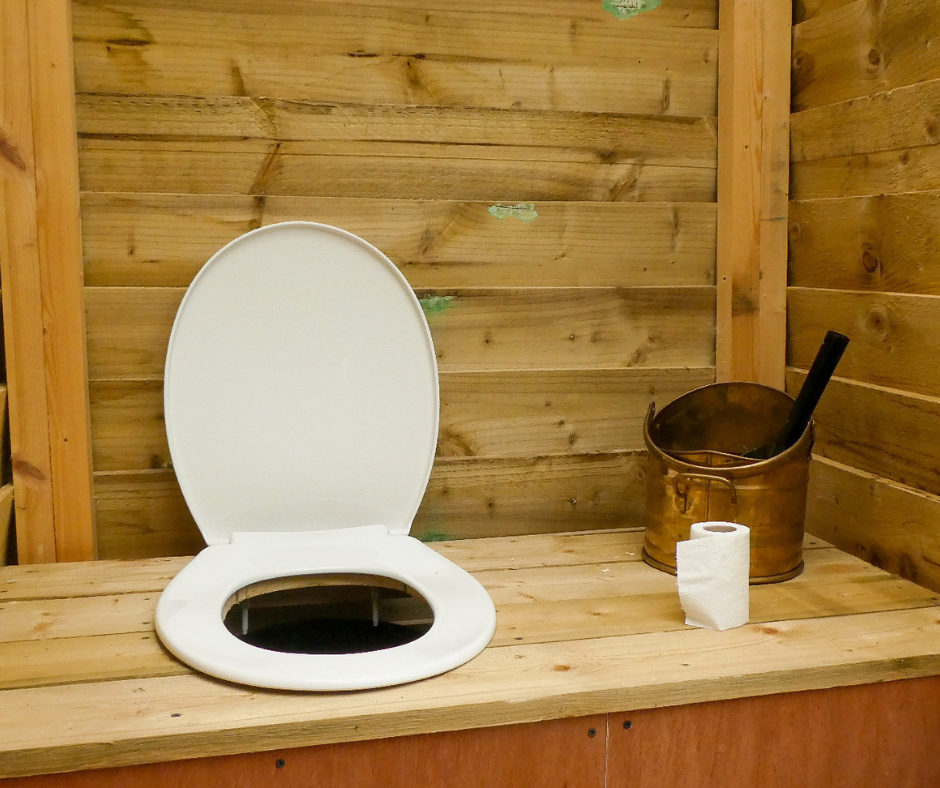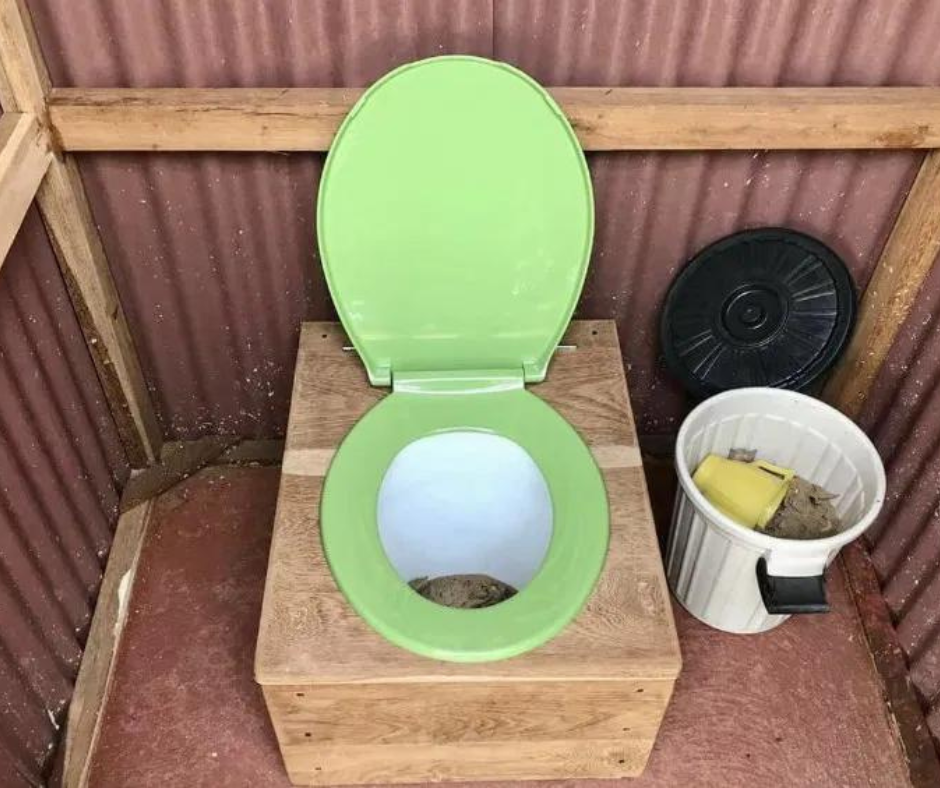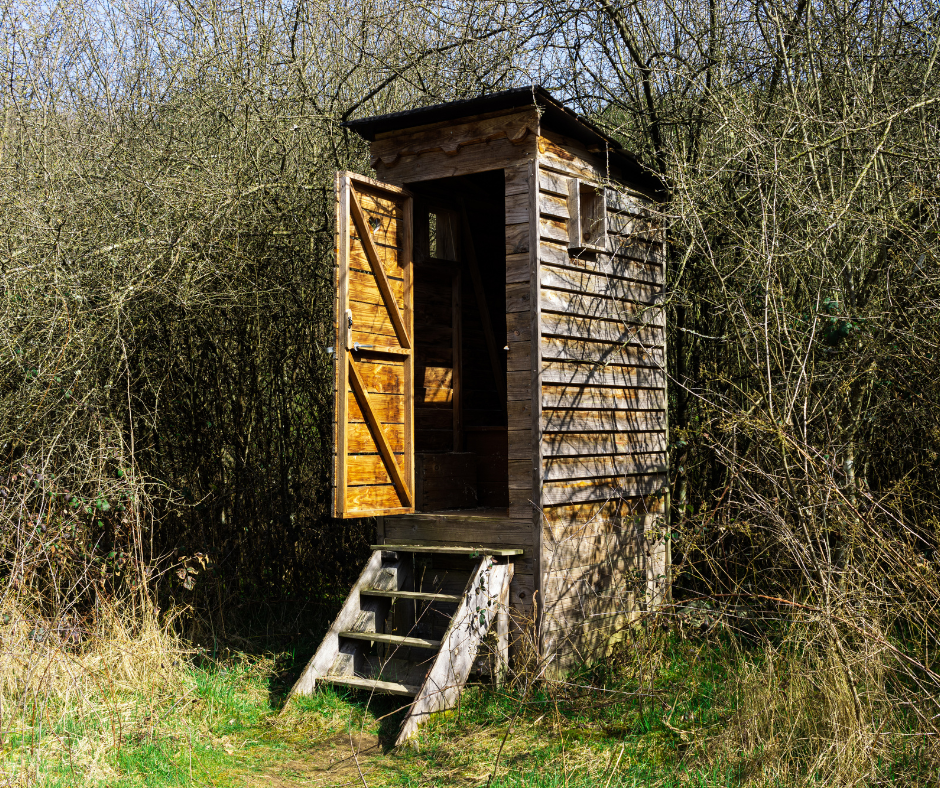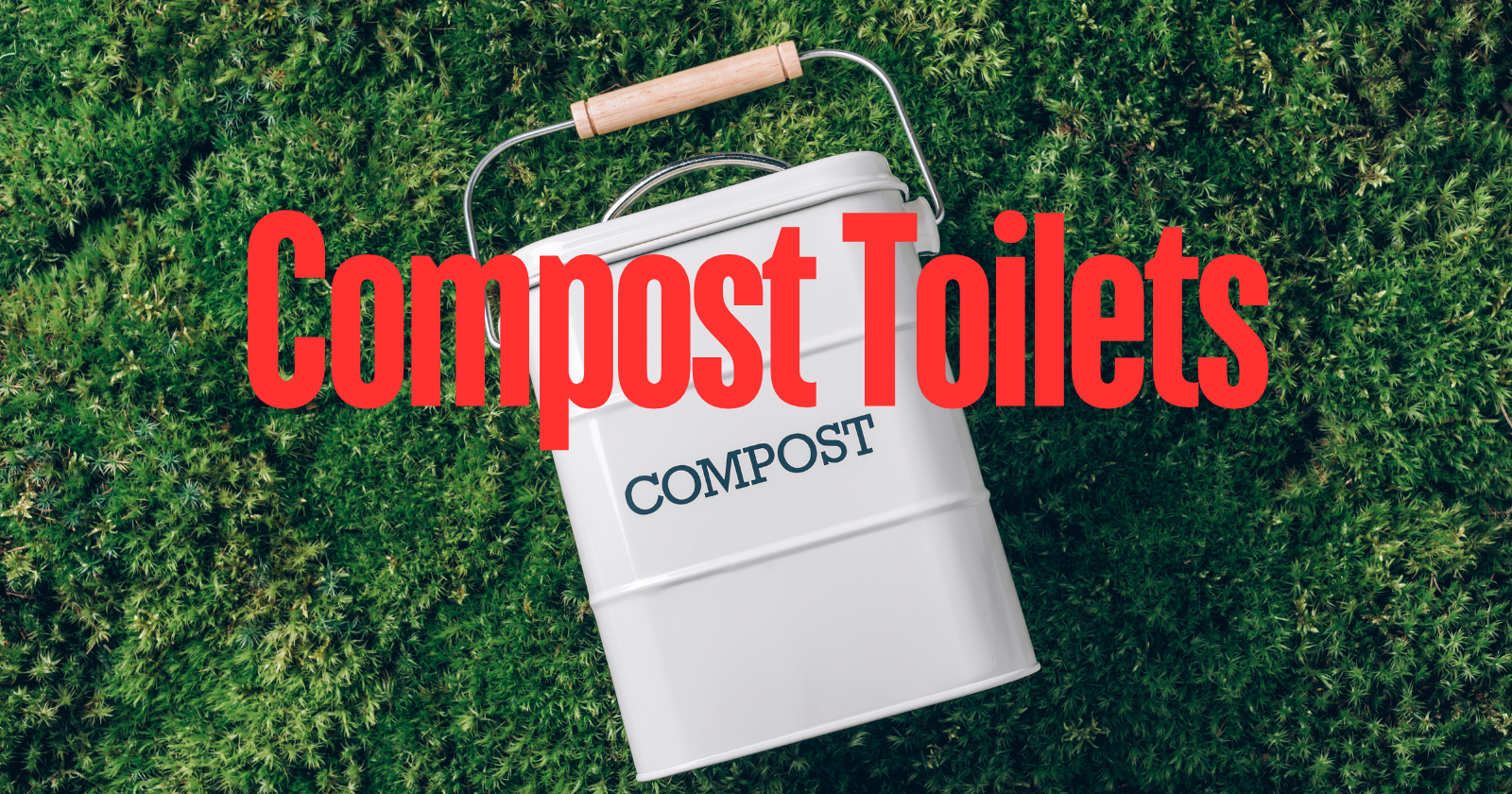Compost Toilets
As we continue to seek greener alternatives in our everyday lives, compost toilets offer an innovative and eco-friendly approach to waste management.
By using natural processes to break down waste, these toilets reduce water usage and contribute to environmental sustainability.
Compost toilets are a practical and efficient solution for anyone who lives off the grid, camps, or wants to lower their ecological footprint.
This guide will explore how compost toilets work, their benefits, and why they’re becoming popular for eco-conscious individuals.

Overview of Composting Toilets
Composting toilets are eco-friendly alternatives to traditional flush toilets. They do not use water and use natural processes to break down waste.
Solid waste goes into a special container when you use a composting toilet. Liquid waste may go to a separate container or drain outside.
These toilets rely on aerobic decomposition. This means tiny living things called microorganisms break down the waste using oxygen.
To help this process, you add carbon-rich materials after each use. This could be sawdust, peat moss, or coconut coir.
The mix of waste and carbon creates the right balance for composting. Bacteria thrive in this environment, producing heat as they work.
Moisture and airflow are important, too. Vents in the toilet help control these factors.
Over time, the waste becomes a soil-like material, which can be used as fertilizer in some cases.
Composting toilets come in different types:
- Self-contained units for small spaces
- Central systems for larger buildings
- Urine-diverting models that separate liquids and solids
These toilets are great for off-grid living, boats, or areas with water shortages. They save water and turn waste into a useful resource.

Design and Types
Composting toilets come in different designs to suit various needs. They range from simple models to more complex systems. Some are made for homes, while others work well in RVs or boats.
Self-Contained Composting Toilets
Self-contained units keep everything in one place. The toilet seat and composting chamber are together. These toilets are great for small spaces, don’t need much setup, and are easy to use.
Most self-contained models separate liquids from solids. This helps the composting process and reduces smells. You’ll need to empty the liquid container often, usually every few days. The solid waste bin needs emptying less often, maybe every few months.
Some self-contained toilets use electricity to help with composting. They might have fans or heaters to speed things up. Others are fully manual and rely on natural processes.
Centralized Composting Systems
Centralized systems are bigger and work for multiple toilets. They’re good for larger homes or buildings. These systems have a central composting unit separate from the toilet.
Waste moves from the toilet to the main composting area through pipes. This can be done by gravity or with a vacuum system. You don’t have to deal with the waste as often as with self-contained units.
These systems require more planning and installation work but can handle more waste and require less frequent maintenance. Some centralized systems can even handle kitchen scraps along with human waste.
Portable Composting Toilets
Portable toilets are great for camping, RVs, and boats. They’re small, light, and easy to move. Most models are waterless and don’t require plumbing.
These toilets often have simple designs. Many use a bucket system with a toilet seat on top. After each use, add sawdust or coconut coir to help compost and control odors.
Portable toilets need more frequent emptying than other types. But they’re very flexible and can go almost anywhere. Some models fold up for easy storage when not in use.

Installation and Maintenance
Setting up and caring for a composting toilet requires some know-how. Proper installation and regular upkeep will keep your toilet working well and odor-free.
Initial Setup And Installation
To set up your composting toilet, pick a spot with good airflow. Ensure there’s enough room for the toilet and space to empty it. You’ll need to install a vent pipe that goes outside. This helps remove smells and moisture.
For most models, you’ll connect the vent pipe to the toilet and run it through the roof or wall. Some toilets need electricity for fans or heaters. If yours does, you’ll have to wire it up.
Add the right amount of bulking material to the composting chamber. This is often coconut coir or peat moss. It helps start the composting process.
Routine Cleaning and Maintenance
Clean the toilet bowl regularly with a brush and mild soap. Don’t use harsh chemicals, as they can harm the helpful bacteria that break down waste.
Empty the liquid container often, maybe every few days. The solid waste bin needs emptying less often, about every few months for a family.
Add more bulking material after each use. This keeps the compost dry and reduces smells. Stir the compost pile weekly to add air and speed up the breakdown.
Check the ventilation system monthly. Clean any filters and make sure fans are working right.
Troubleshooting Common Issues
Bad smells often mean the compost is too wet. Add more bulking material and stir the pile. If that doesn’t work, check the vent system for blockages.
If the toilet isn’t breaking down waste fast enough, the compost might be too dry. Add a bit of water and stir. Make sure the temperature is warm enough for composting.
Flies can be a problem. Keep the lid closed and use fly paper near the toilet. Make sure the vent screens are intact.
Check the wiring and fuses for electrical issues. If you’re not sure how to fix it, call a pro.

Benefits and Considerations
Compost toilets offer many advantages for both people and the environment. They can save money and resources while providing useful fertilizer. However, there are also important factors to consider before installing one.
Environmental Impact
Compost toilets help you save water. A regular toilet uses up to 6 gallons per flush, while compost toilets use no water. This cuts your water bill and helps the planet.
These toilets turn waste into fertilizer, which you can use to grow plants in your garden. It’s a natural way to recycle nutrients.
Compost toilets reduce your carbon footprint. They don’t need energy to pump or treat water. This means less pollution from power plants.
Cost-Effectiveness
The upfront cost of a compost toilet is often higher than that of a regular toilet, ranging from $1,000 to $1,500. However, you will save money over time.
Your water bill will go down, and you won’t need to pay for a septic system or sewer hookup, which can cost $1,500 to $5,000 or more.
Maintenance costs are low. You just need to empty the waste container now and then. Some models have fans or heaters that use a small amount of electricity.
Legal and Health Aspects
Check your local laws before installing a compost toilet. Some areas have rules about waste disposal, and you may need a permit.
If used properly, compost toilets can be very clean and safe. They keep waste separate from water sources, which helps prevent the spread of disease.
Proper use is key to avoiding odors and germs. Follow the maker’s instructions. Add dry material like sawdust after each use. This helps break down waste and reduce smells.
Wash your hands after using or cleaning the toilet. This stops the spread of pathogens. With good care, a compost toilet can be a healthy choice for you and the planet.

Usage in Different Settings
Compost toilets work well in many places. They save water and make good fertilizer. Let’s look at how people use them in homes, vehicles, and public spaces.
Residential and Remote Homes
Compost toilets are great in cabins and tiny houses. They don’t need plumbing or a septic system, which saves money and helps the earth.
These toilets are perfect for off-grid living. They can be installed in basements or outdoor bathrooms, and some models, like the Separett Villa, are made for homes.
The compost from these toilets makes good fertilizer for gardens. But check local rules first. Not all areas allow the use of human waste on food plants.
Recreational Vehicles and Campers
RVs and campers often use compost toilets, which are better than chemical toilets and don’t require finding dump stations.
These toilets are small and light, which is good for boats too. They don’t use water, so you can camp longer without refilling.
Some RV models have built-in fans, which help control smells. Depending on use, empty the toilet every few days or weeks.
Public and Commercial Facilities
Parks and nature centers sometimes have compost toilets. They work well in places without water or sewer lines.
Some buildings use them to save water. You might see them in “green” office buildings.
Music festivals and outdoor events often rent compost toilets. They’re easier to manage than porta-potties.
Remember, public toilets need more care. Staff must empty and clean them often. But they still save water and make less waste.
Wrapping Up
Compost toilets are more than just a practical solution for waste management—they represent a commitment to sustainable living.
By conserving water, reducing environmental impact, and providing an eco-friendly alternative to traditional toilets, they offer a smart choice for those seeking to live in harmony with the planet.
Whether off the grid or wanting to make a positive environmental change, compost toilets can be essential to your journey toward a greener lifestyle.

